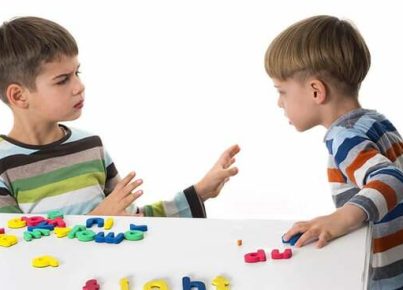This is the predisposition to concentrate on a single or partial dimension of an event or an object. Jean Piaget coined this term to mention kids’ capability to be especially attentive by the one key feature of a situation, problem, thing, etc., while not paying attention to other features even if they’re relevant. Centration is an attitude that generally develops in the cognitive development’s second stage, the preoperational stage (encompassing the kids between ages two and seven). The idea of centration originates from another concept, namely egocentrism, which Piaget introduced in the same theory. The idea behind egocentrism is that the kids keep themselves as the center. They believe that everything happens to them and for them. This makes them incapable of comprehending and admitting a different point of view from their own points of view.
The perfect example to mention centration is how a kid counts the number of a cake’s slices that each individual has on their platter rather than their sizes. Centration is crucial to comprehend personal needs and wants.
On the opposite lines of centration is the idea of decentration. Psychologists from across the world would agree that there’re some developmental milestones that a kid has to reach, and those time periods are crucial for that ability’s optimal development. If missed, the milestone might find a ground to stand on, but it’d be shaky. Every developmental stage that the kids pick up either help them grow behaviorally or cognitively.
Decentration generally occurs during the cognitive development’s third stage, the concrete operational stage (ages seven to twelve years). As the kids start to apply logic and knowledge, they also learn to comprehend their environment’s elements better along with their functioning. This increases their ability to observe multiple viewpoints apart from their own ones. One can easily observe the reduction in centration from three key forms.
Firstly, a young child might comprehend the idea that nothing is taken away or nothing has been added, so it remains the same. Secondly, the discourse of recompense might also be utilized, in which a child can understand that one glass’s height cancels out the other glass’s width. Finally, there’s a possibility of reverse arguments where a child might say both the glasses are the same as the water can be poured from the taller glass into the wider one to make them look equal. These arguments depend on logical operations, which are mental actions that can be reversed.




